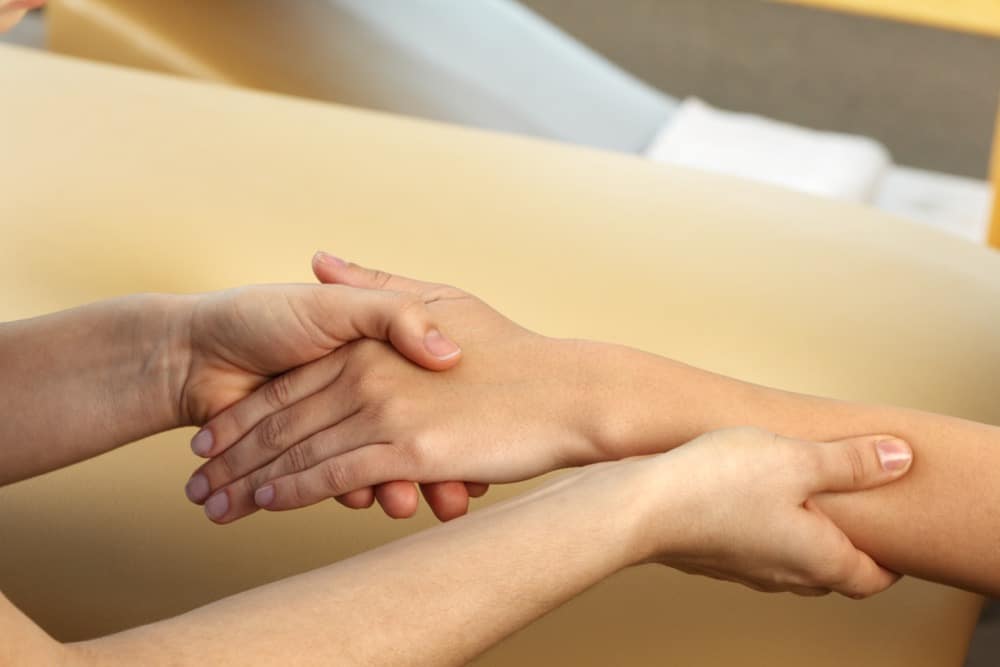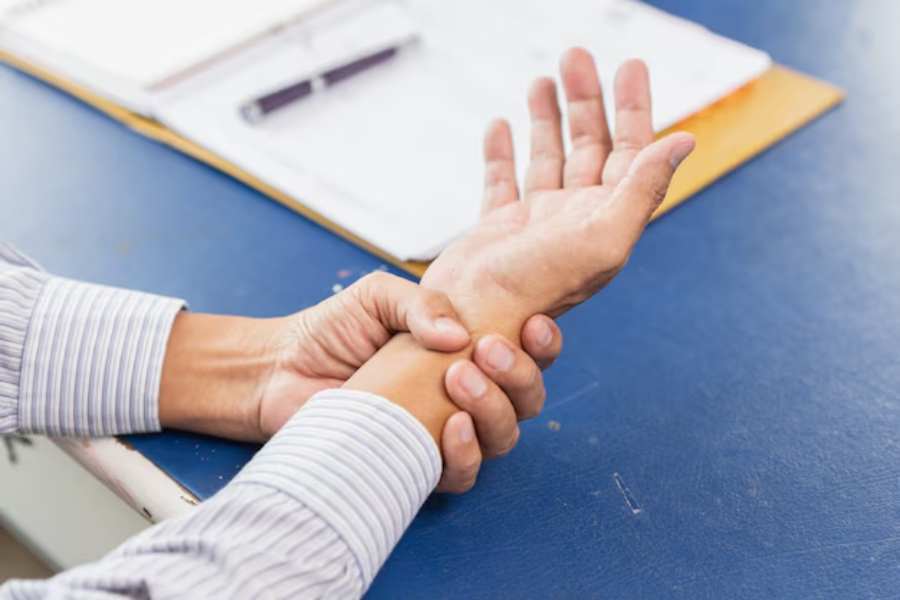Carpal tunnel syndrome (CTS) is a common condition that impacts many individuals, often resulting in discomfort and a decreased range of motion in the wrist and hand. Misdiagnosis is a frequent issue within medical practice, which can lead to inappropriate treatment and prolonged suffering. While it’s crucial to correctly identify and treat CTS, two conditions often mistaken for it are De Quervain’s tenosynovitis and cervical radiculopathy. Understanding the differences between these conditions can significantly impact treatment outcomes and patient quality of life.
What are the conditions often misdiagnosed as carpal tunnel syndrome?
The two conditions that are frequently misdiagnosed as carpal tunnel syndrome are De Quervain’s tenosynovitis and cervical radiculopathy. De Quervain’s tenosynovitis affects the tendons on the thumb side of the wrist, causing pain when moving the thumb or wrist. Cervical radiculopathy occurs when a nerve in the neck is compressed or irritated, often leading to pain or numbness that radiates down the arm and into the hand.
Understanding Carpal Tunnel Syndrome (CTS)
Carpal tunnel syndrome occurs when the median nerve, which runs from the forearm into the palm of the hand, becomes compressed. This compression is typically the result of swelling or inflammation in the surrounding structures. Symptoms include:
- Numbness or tingling in the thumb, index, middle finger, and part of the ring finger
- Hand weakness or clumsiness
- Pain that may radiate up the forearm
The condition often worsens at night, affecting sleep quality. The prevalence of CTS has been studied extensively, with recent estimates suggesting that approximately 3-6% of the population will experience it at some point in their lives.
| Condition | Symptoms | Causes | Typical Diagnosis |
|---|---|---|---|
| Carpal Tunnel Syndrome | Numbness, tingling, weakness in hand | Repetitive motion, pregnancy, health issues | Physical examination, nerve conduction studies |
| De Quervain’s Tenosynovitis | Pain on the thumb side, swelling in wrist | Repetitive thumb movements, injury | Finkelstein test, physical examination |
| Cervical Radiculopathy | Radiating pain/numbness from neck to arm | Herniated disc, bone spurs | MRI, physical examination |
De Quervain’s Tenosynovitis: A Closer Look
De Quervain’s tenosynovitis is an inflammatory condition where the sheath surrounding the tendons at the base of the thumb becomes irritated or inflamed. This results in pain along the thumb side of the wrist. Common symptoms include:
- Pain when moving the thumb or wrist
- Swelling near the base of the thumb
- Difficulty gripping or holding objects
Many individuals find that the pain worsens with repetitive hand or wrist motions, commonly seen in tasks such as writing, typing, or using handheld devices. The Finkelstein test, which involves bending the thumb across the palm and then tilting the wrist, can help diagnose this condition.
Treatment Options for De Quervain’s Tenosynovitis
Treatment primarily focuses on reducing inflammation and relieving pain. Common approaches include:
- Rest and avoidance of activities that worsen symptoms
- Ice application to reduce swelling
- Nonsteroidal anti-inflammatory medications (NSAIDs)
- Splinting to immobilize the thumb and wrist
- Physical therapy exercises
In more severe cases, corticosteroid injections or surgery may be indicated.

Cervical Radiculopathy: Understanding the Neck Connection
Cervical radiculopathy results from compression or irritation of cervical spinal nerves. This condition can lead to radiating pain that extends down the arm, often resembling the distribution of nerve fibers. Key symptoms include:
- Sharp or burning pain in the neck that radiates down the arm
- Numbness or tingling in the fingers
- Muscle weakness in the arm or hand
Cervical radiculopathy can stem from various causes, including herniated discs, arthritis, or spinal stenosis. Diagnosis typically involves a thorough physical examination, imaging tests like MRI, and nerve conduction studies to evaluate how well electrical signals are traveling through the nerves.
Treatment for Cervical Radiculopathy
Treatment often focuses on relieving pressure on the affected nerve and may include:
- Rest and activity modification
- Physical therapy to improve neck strength and flexibility
- Medications such as NSAIDs to reduce inflammation and pain
- Epidural steroid injections for severe pain relief
- In some cases, surgical intervention may be necessary to decompress the nerve
Importance of Accurate Diagnosis
The overlap in symptoms among these conditions can lead to significant misdiagnosis. Patients with wrist pain should seek comprehensive evaluation and diagnosis to determine the precise cause of their symptoms. Correct diagnosis ensures appropriate treatment, minimizing unnecessary suffering and promoting faster recovery.
Distinguishing Factors for Medical Professionals
Healthcare providers play a crucial role in accurately diagnosing these conditions. Training should emphasize the importance of taking a thorough patient history and conducting specific diagnostic tests. The following table outlines the distinguishing characteristics of each condition:
| Characteristic | Carpal Tunnel Syndrome | De Quervain’s Tenosynovitis | Cervical Radiculopathy |
|---|---|---|---|
| Pain Location | Palmar aspect of the wrist | Thumb side of the wrist | Neck and arm |
| Pain Description | Numbness, tingling | Sharp pain at the base of thumb | Radiating, often burning |
| Aggravating Factors | Repetitive wrist motions | Thumb use, gripping | Neck movement |
| Examiner Tests | Tinel’s sign, Phalen’s test | Finkelstein test | Spurling’s test |
In summary, being informed about these misdiagnosed conditions can empower individuals to seek a thorough evaluation when experiencing wrist or hand pain. Distinguishing between carpal tunnel syndrome, De Quervain’s tenosynovitis, and cervical radiculopathy is crucial for effective treatment plans and improved patient outcomes.
Greater awareness among patients and medical professionals can enhance diagnosis accuracy and lead to more effective treatments, fostering better health and well-being.

